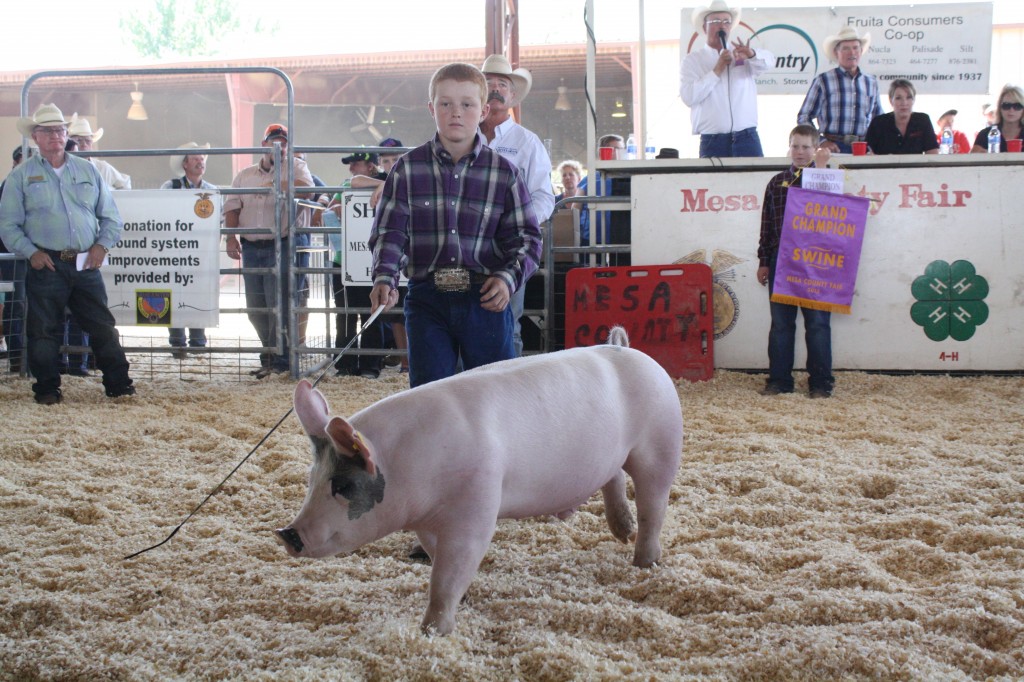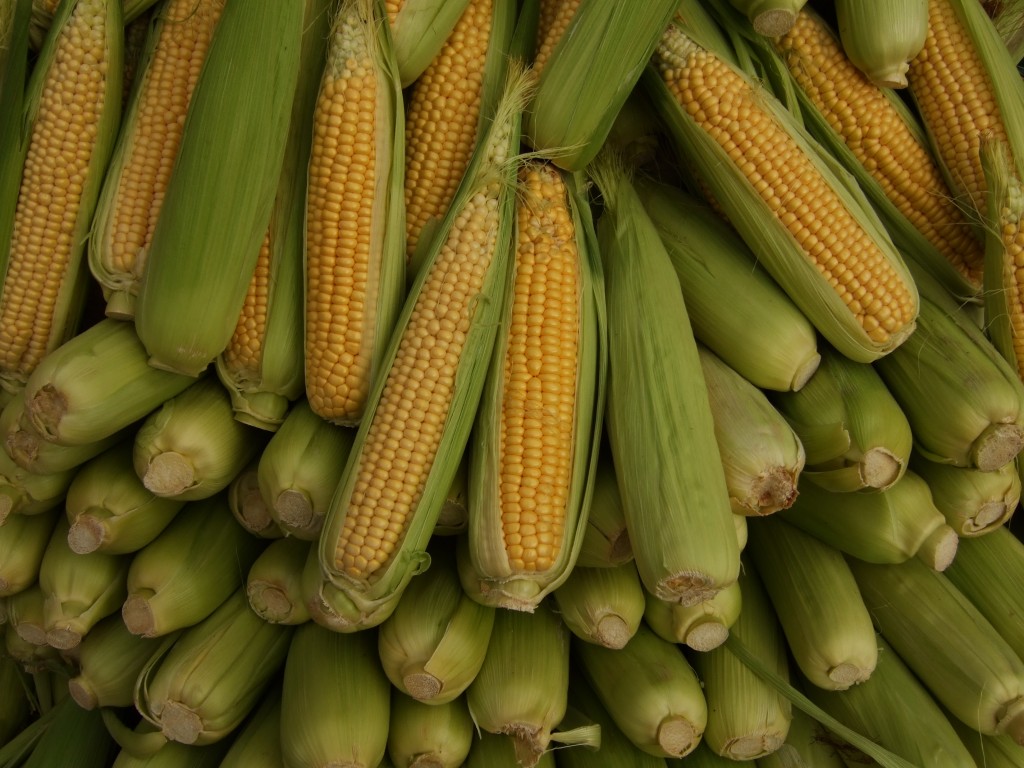Coby Hudson is an ambitious pre-teen who understand the concept of farming.
“Sometimes living on a farm means less sleep to make sure everything like chores, schoolwork and other stuff gets done, but it’s just a part of the life,” said the 12-year-old.
But learning that concept early in life is what made Coby a grand champion.
The sixth-grade student from Fruita, Colo., won the grand championship swine competition at the Mesa County fair in July. It was his first grand championship as a 4-H’er since he was a 5-year-old cloverbud. Continue reading










